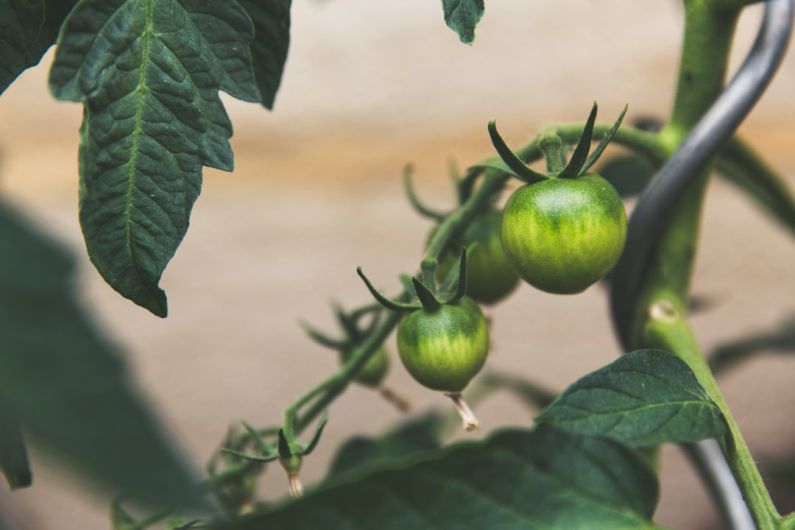How to Grow a Vertical Garden in Small Spaces
Having a small outdoor space doesn’t mean you have to miss out on the joy of gardening. With a little creativity and some careful planning, you can create a beautiful vertical garden that maximizes your space and adds lush greenery to your surroundings. In this article, we will explore some simple tips and tricks to help you grow a vertical garden in small spaces.
Choosing the Right Plants
The first step to growing a successful vertical garden is selecting the right plants. It’s important to choose plants that are well-suited for vertical gardening and can thrive in small spaces. Some ideal plants for vertical gardens include herbs like basil, parsley, and mint, as well as leafy greens like lettuce and spinach. You can also consider growing flowers like petunias or marigolds to add a pop of color to your garden.
Selecting the Right Structure
Once you have chosen your plants, it’s time to select the right structure for your vertical garden. There are many options available, ranging from simple hanging baskets to elaborate wall-mounted planters. Consider the amount of space you have and the weight-bearing capacity of your chosen structure. Vertical garden structures can be made from a variety of materials, including wood, metal, and plastic. Choose one that is durable and weather-resistant.
Preparing Your Space
Before you start planting, it’s important to prepare your space properly. Clear away any debris or weeds and ensure that your chosen structure is securely attached to the wall or fence. If you are using a wall-mounted planter, make sure it is level to prevent water from pooling and damaging your plants. You may also want to consider installing a drip irrigation system to ensure that your plants receive the right amount of water.
Planting Your Garden
Now comes the fun part – planting your vertical garden! Start by filling your chosen planters with a high-quality potting mix. Make sure to leave enough space for the roots to grow and provide proper drainage by adding a layer of gravel at the bottom of each planter. When planting, be mindful of the spacing between your plants to prevent overcrowding.
Caring for Your Vertical Garden
To ensure the success of your vertical garden, regular care is essential. Water your plants regularly, but be careful not to overwater as this can lead to root rot. Consider using a slow-release fertilizer to provide your plants with the nutrients they need. Keep an eye out for pests and diseases, and take appropriate measures to prevent or treat any issues that arise. Regular pruning will also help to keep your vertical garden looking neat and tidy.
Enjoying the Fruits of Your Labor
With proper care and attention, your vertical garden will flourish and bring beauty to your small space. Take the time to appreciate the vibrant colors and scents of your plants, and enjoy the fresh herbs and vegetables you have grown. A vertical garden not only adds visual appeal but can also provide a source of relaxation and pride in your gardening skills.
In conclusion, growing a vertical garden in small spaces is a fantastic way to make the most of limited outdoor areas. By choosing the right plants, selecting a suitable structure, and providing proper care, you can create a beautiful and productive garden that will bring joy for years to come. So, roll up your sleeves, unleash your creativity, and start growing your own vertical garden today!






